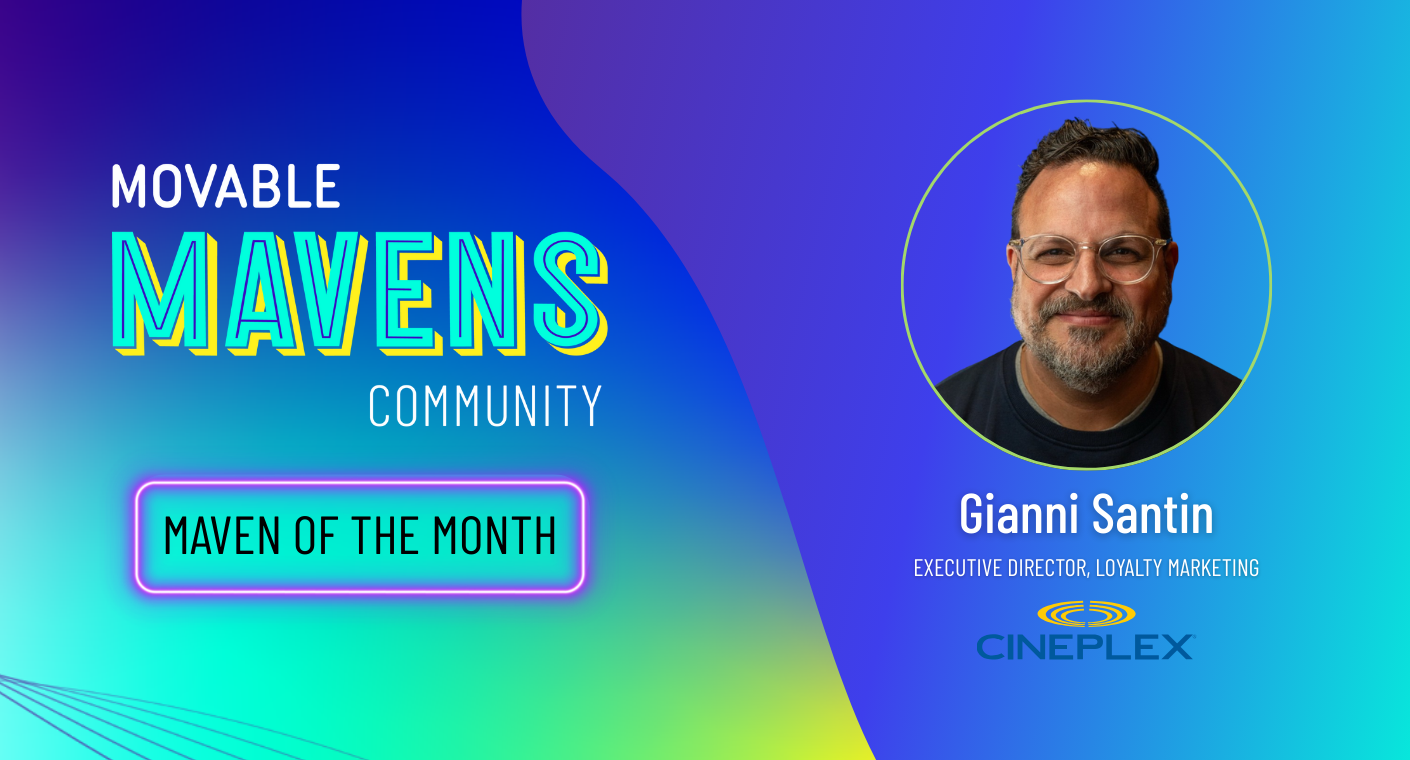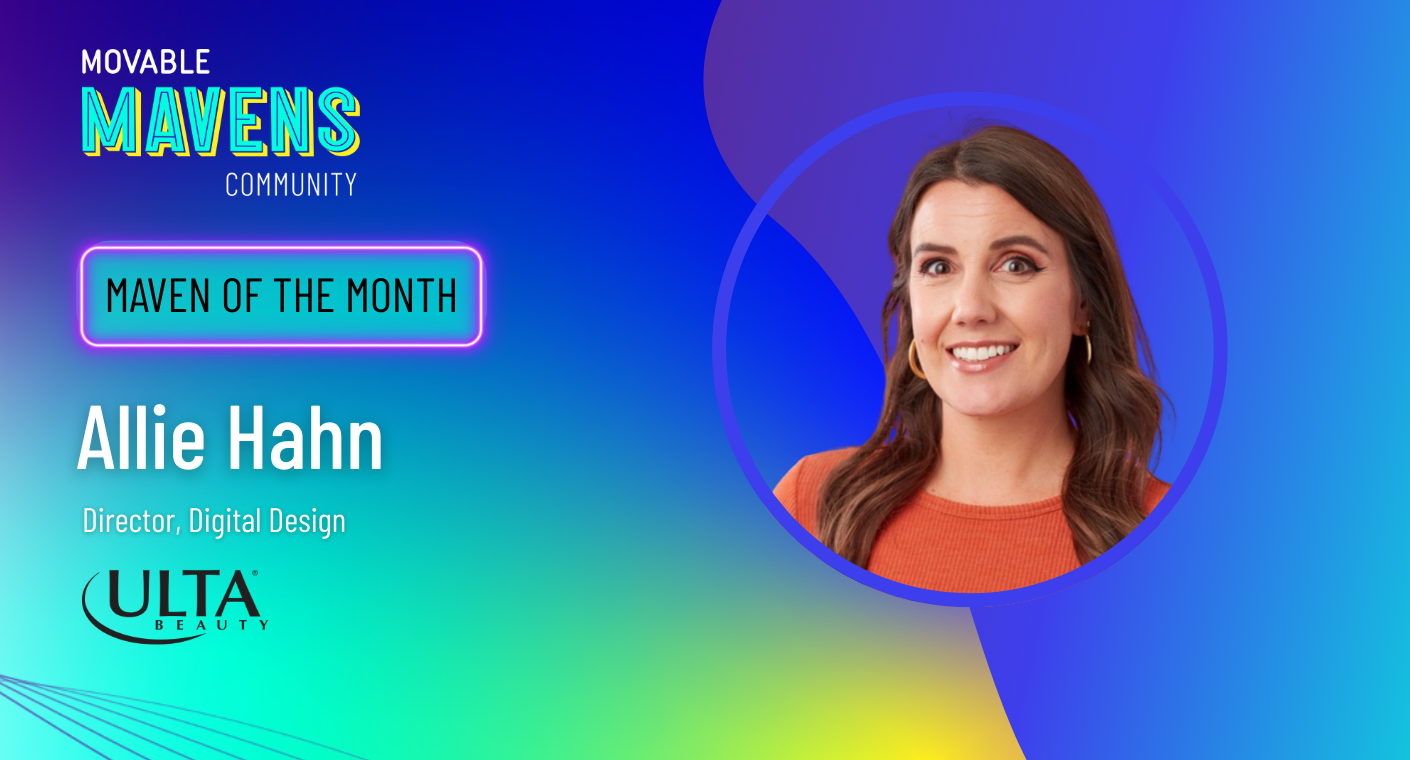Marketers are innovators. They must adapt at the drop of a dime, especially with how quickly customers’ expectations can change, along with the market. Does the global pandemic ring a bell?
Personalization is at the core of an adaptable customer experience. In fact, 54% of consumers find that a personalized customer experience is a critical characteristic of a company they trust.
But there’s a challenge. Marketers know their customers expect 1:1 personalization, and might be segmenting audiences already. But creating truly customer-centric, individualized marketing requires much more than segmentation and innovation. Marketers must create a strategy that not only meets customer expectations, but one that drives revenue and improves workflows. To get to this place, you need to invest time and energy into making a change.
So, how do you do it?
One approach is to apply the Intentional Change Theory (ICT), coined by Richard Boyatzis, PhD. It is a straightforward, five-step process to create lasting change within oneself. This theory not only applies to individuals; marketers can also use it to outline a clear-cut route to omni-channel success.
Using the ICT, here are five steps to create a results-driven, omni-channel personalization strategy that keeps the customer front and center:

Step 1 — Envision the ideal destination.
What does the future success of your brand look like? Visualize this and start taking the steps to make it a reality.
Building and executing a customer-centric digital marketing strategy requires an agile and efficient team that dedicates themselves to truly understanding their audience. Yet, marketers around the globe still fall short of this. In fact, $37 billion is wasted in marketing spend per year from messaging that does not engage its target audience. It’s time for marketers to start prioritizing what matters most: strong customer loyalty.
Steps 2 & 3 — Explore the gaps to get there and develop a learning agenda.
Recognize your weaknesses. What’s holding you back from creating successful omni-channel personalization? Once this question is answered, try out new ways to achieve your goal by creating a learning agenda.
Automation
Achieving an engaged customer base begins with an efficient martech stack. This is where automation enters the equation. When multiple teams are involved (developers, IT, design) and do monotonous manual work–such as creative iterations and coding, to get a single campaign out the door–it’s much harder to focus on customer centricity. Marketers must evaluate their current process to identify areas of opportunity.
Learning agenda: Automating campaigns leads to increased production efficiencies so your team can focus on what’s most important: creative strategies, innovation, and staying ahead of the competition. It’s time to invest in an automation tool that brings you closer to your audience.
Data
Marketers have access to massive amounts of data. However, data isn’t often used in a way that benefits the customer while driving revenue. Over half of marketers (57%) incorrectly interpret data and send faulty messaging to their audience, which leads to customers opting out of brand communications altogether.
Learning agenda: Continue to capture customer zero-and first-party data and think about the data sources you can tap into — API and CSV data sources or cropping directly from your brand’s website are good places to start.
Transform this data and determine how to use it to create the most relevant and engaging personalized content for the customer. Prioritize the integration of various data elements to increase relevance.
AI Powered Personalization
Data has the potential to not only delight customers today, but marketers must look ahead to keep customers interested. To do that, customers need fresh and new content that isn't solely based on what they've browsed before. With this approach, marketers will be able to introduce customers to new product categories, driving lasting loyalty and higher lifetime value.
Learning agenda: Adopt an AI powered personalization tool that integrates seamlessly into your existing martech stack. From there, focus on the creative brainstorming while you let the software determine which content will resonate with customers - while simultaneously guiding them to long-term success.
Channels
It’s crucial to provide a consistent, personalized experience wherever customers interact with your brand. The most valuable omni-channel experiences exist when all streams of communication support each other. Brands that prioritize omni-channel customer engagement strategies retain 89% of their customers, while brands with weaker omni-channel strategies have a retention rate of 33%.
Learning agenda: Stuck in a one-channel state of mind? Carry over your email campaign to your mobile app. Create a cross-channel experience that begins in email and is reinforced for your most engaged customers who have taken the next step to download the app.
Master your strategy.
Movable Ink can help your brand achieve true 1:1, omni-channel personalization. Learn how today.
Get a Demo
Step 4 — Execute and practice.
Take your newfound knowledge and make strategic moves. How can you best incorporate what you’ve learned and stay true to it?
Once you have an automated, customer-centric omni-channel strategy in place, you'll have more time to analyze and iterate to drive results. You'll be able to assess what experiences your customers find most engaging and build upon it.
This should include a testing plan, because no great strategy exists without one. A/B tests are the most effective way to grasp your customers’ preferences. They also make the decision-making process easy for marketers. You will learn more about your audience with each test.
Along with learning your customers’ expectations, it’s also important to understand what your competitors are doing so you can be three steps ahead at all times. Find inspiration then take it to the next level.
Step 5 — Get support.
As you execute new personalization strategies and start analyzing your successes, communicate your wins to a company-wide audience. Continued measurement will show a return on value for the time and investment that went into making this intentional change.
Turning your personalization strategy into one that is more adaptable, customer-centric, and omni-channel is a win-win for both the consumer and the brand.
Ready to see how Movable Ink can help you reach your omni-channel personalization goals? Request a demo today.




%20copy.png)



